LEARNING CENTER
Interested to know which pests our Massachusetts exterminators will treat? Check out our pest library to learn more about all kinds of pests you could encounter and that we will treat!
EXPLORE OUR CURRENT COUPONS TO SAVE BIG!Ants
The number one nuisance pest in North America, ants make up the majority of local pest problems. Varying by species, the average colony is made up of anywhere between 300,000 to 500,000 ants. With the capability of surviving more than seven years, it’s no surprise that they are likely to take up residence in your home.
Bed Bugs
One of the most feared pest infestations, bed bugs are small, flat insects that tend to congregate in mattress folds, furniture, carpet, or wall folds. Bed bugs are hard to detect, avoid, and eliminate once you have an infestation, and these pests will keep you up all night once they’ve made their way indoors.
Boxelder Bugs
Boxelder bugs get their name from the boxelder tree, a species native to the western United States. These insects feed almost entirely on the seeds of the boxelder, ash, and maple trees, but are known to make their way into homes, sheds, and garages during cold months to overwinter.Boxelder bugs are a North American species of true bug, insects that have sucking mouths like cicadas and aphids.
Cockroaches
Mostly nocturnal, cockroaches like to seek shelter from the outdoors. Likely to gravitate in dark, warm locations, many homeowners notice that cockroaches inhabit their bathrooms, closets, and kitchens. Ranging in color from light brown to black, the type of cockroach has much to do with the location they are likely to be found.
Fire Ants
First introduced to the Southern United States in the 1920s, fire ants are characterized by their copper color and painful sting. Although commonly found inhabiting a sandy looking mound in your backyard, fire ants are also drawn into the comfort of your home by sugary and fatty foods. Regardless of whether you see them indoors or out, they are a threat to the safety of your loved ones.
Fleas
Most likely to affect your four-legged friends, fleas can also latch on to human hosts, exposing you to diseases like typhus and tularemia. In addition to applying flea treatment to your pets, it’s also a good idea to safeguard your home.
Flies
Adapted for aerial movement, and streamlined for speed, flies are some of the most difficult pests to catch. In addition, they feed on rotting food and animal feces, making them highly resistant to many insecticides but also undesirable to have around your home. Sometimes it takes a professional pest control company to eliminate these 6-legged critters.
Grasshopper
Grasshoppers are found on every continent but Antarctica. Here in the United States, grasshoppers typically inhabit dry open areas with grass and other low plants. They can typically be found in fields, meadows, and backyards. Grasshoppers seek out dry areas, so they do find their way inside houses from time to time.
Mosquitos
Not only are mosquitoes known for disrupting outdoor activities, but they are also vectors for dangerous diseases. Drawn to standing water and capable of laying up to 3,000 eggs in a lifetime, it’s no wonder that mosquitoes are one of the top nuisance pests in the US!
Rodents
Including mice and rats, rodents can present a number of threats to homeowners. Known to chew through wires, causing electrical fires, transmit diseases, and even track in ticks, it’s always a good idea to prevent these pests before a problem occurs.
Spiders
Contrary to popular belief, spiders are not insects; they are actually arachnids, closely related to ticks and scorpions. Possessing the signature trait of eight legs and known to leave behind webs, spiders are notorious for spooking many homeowners.
Stinging Insects
There are a number of stinging insects common to North America, many of which pose a threat to your family’s well being. Insects like bees, wasps and hornets can cause painful, sometimes life-threatening stings! It’s important to understand the behaviors and characteristics of these pests, so you can stay safe.
Termites
Causing more than $5 billion in damage to homes across the United States each year, termites are most common in the southern part of the nation. Since most homeowners’ insurance won’t cover termite damage, professional help and prevention methods are often recommended.
Ticks
Closely related to spiders, ticks also belong to the arachnid group. Relying on the blood of their hosts, ticks are likely to move from one mammal to another in order to survive. Due to their transient behavior, these pests are vectors of a number of diseases, including Rocky Mountain Spotted Fever and Lyme disease.
Voles
Voles are a type of rodent similar to the mouse, famously known for damaging the roots of your lawn, trees, and shrubs. There are 124 species of voles in the Northern Hemisphere, with 23 species commonly found throughout the United States, including the prairie vole, meadow vole, pine vole, and Oregon vole. With other names, like meadow mice, field mice, meadow moles, and ground moles, they are easily confused with mice, hamsters, shrews, moles, and other types of rodents.
Moths
By the time you notice moths in your home, they have usually already found something they like to eat. Fortunately, their feeding choices are rather limited, and you can usually find where they are feeding rather quickly.
Squirrels
There are three types of squirrels you could find in the greater Boston area. They don’t all look alike or have the same exact habits—the only thing that stays the same is that our F&W squirrel removal services are completely humane.
Birds
Birds are a division of vertebrate pests that cause a nuisance due to their property damaging nesting habits and disease/parasite carrying bodies, nests and droppings. Birds have a high metabolism and spend most of their days searching for food to support themselves, or materials to maintain their nests.
Brown Marmorated Stink Bugs
Stink bugs are looking for a warm place to spend the winter — perhaps inside your house.
You’ve probably seen them crawling on your screens or fluttering around your house. If you crush them, they expel a musty scent, a defensive technique that has earned them their name—stink bugs.
Centipedes
Millipedes and centipedes are similar pests. Though they may be unusually repulsive, they are not a major threat to people or animals. They’re similar in the sense that both centipedes and millipedes are generally hatched from eggs, but some varieties are born live. Some centipedes may live as long as six years.
Bats
If you’re hearing flapping and chirping in your attic or walls, you may have a bat problem. Bats are winged nocturnal mammals. They often enter a home and roost in secluded place, like the attic.
Ladybugs
Large numbers of lady beetles (ladybugs) infesting homes and buildings in the United States were first reported in the early 1990s. Ladybugs normally are considered beneficial since they live outdoors and feed on plant pests.













